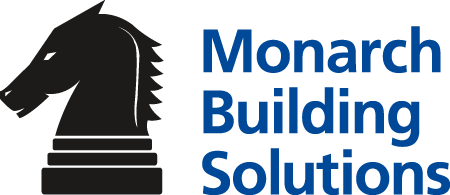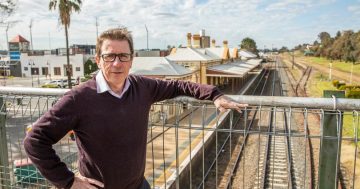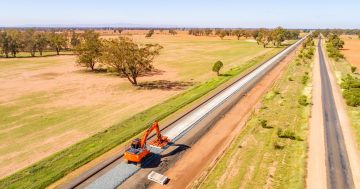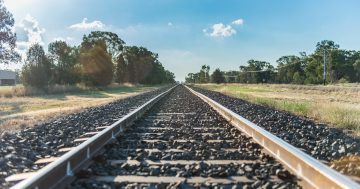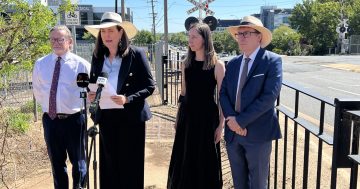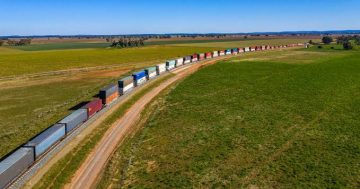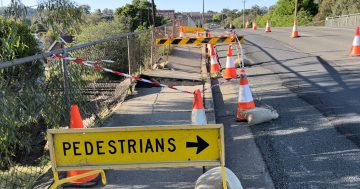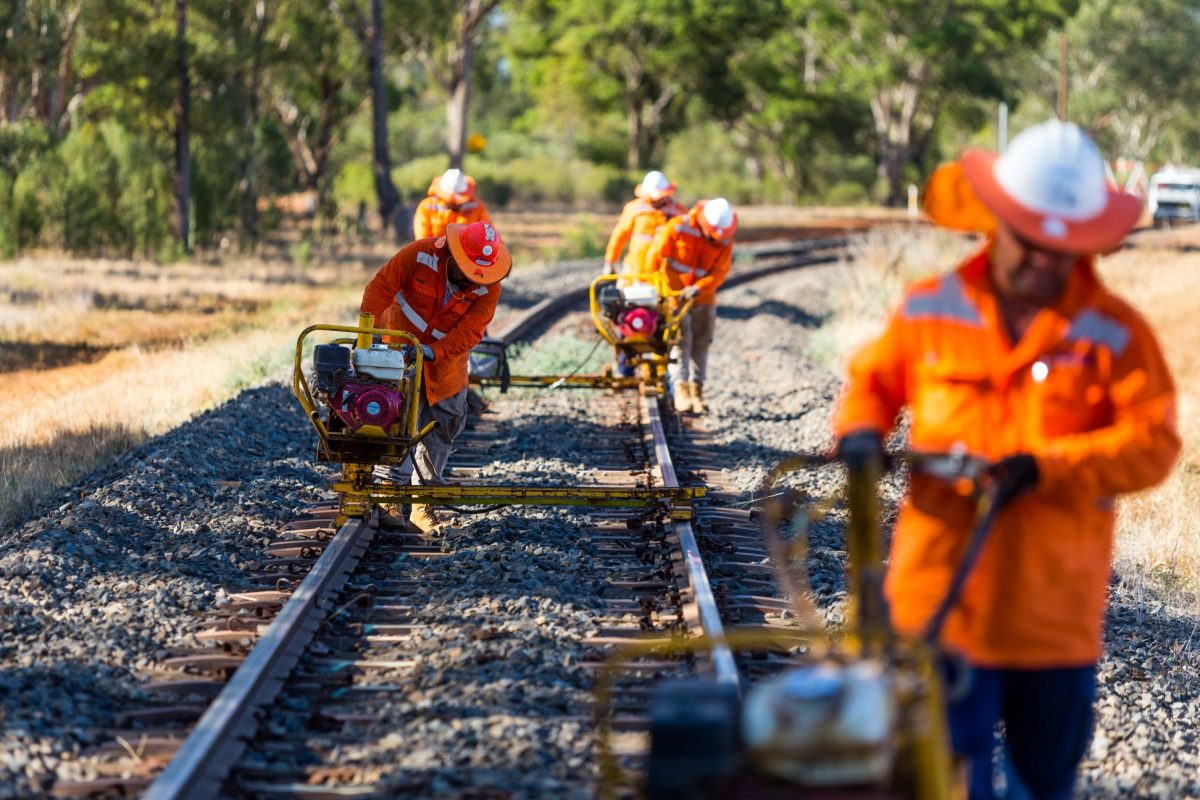
The Federal Government’s nation-building Inland Rail project was beset with problems even before it got underway. Photo: Inland Rail.
Year in Review: Region is revisiting some of the best Opinion articles of 2025. Here’s what got you talking, got you angry and got you thinking this year. Today, Oliver Jacques tackles the thorny topic of inland rail.
Cost blowouts. Traffic chaos. Further delays.
Who would’ve guessed the building of a rail freight line between Melbourne and Brisbane via Wagga would be beset with so many problems?
Answer: Everyone. Many critics expressed their concerns well before the so-called nation-building project got underway.
The Federal Government didn’t listen, ignoring a proposed alternative inland rail route via the food bowl regions of the Riverina that made a lot more sense than the troubled project it is pursuing.
Now, it’ll pay the price. Or rather, we will. A project originally expected to cost less than $5 billion is now set to leave taxpayers with a bill of well over $30 billion.
An inland rail route between Melbourne and Brisbane has been talked about for more than a century. The concept makes sense. It would allow businesses and farmers in rural towns to get their products to big cities quicker and more efficiently for both export and domestic consumption. It could also help reduce the volume of trucks clogging up our highways, as more companies opt to use the more efficient direct rail route to transport their goods.
In 2015, Brisbane-based private consortium National Trunk Rail (NTR) proposed a $13 billion Melbourne to Brisbane freight route via Shepparton, Tocumwal and Narrandera. NTR argued this was a flatter route that avoided hills and major population centres while passing directly thorough rich food producing regions – making it more accessible to farmers in Griffith, Leeton, Hay and Hillston.
But much like with the National Broadband Network (NBN), the then Coalition government wanted a cheaper option. It went for the publicly-owned Australian Rail Track Corporation (ARTC) proposal for a route that passed through Wagga and Albury, which at the time was projected to cost $10 billion and use mostly century-old existing tracks.
NTR warned that the ATRC cost would be much higher than it was forecasting at the time. The government-owned entity had no start and end point to its rail line, having not reached an agreement with the privately-owned ports. Moreover, the ARTC did not have a good track record at delivering projects on time and on budgets (excuse the pun).
These warnings came to fruition when a 2023 independent report by Dr Kerry Schott revealed a projected cost of $31.4 billion that will continue to climb until the line is built.
Ever since then, there has been a new inland rail controversy each month. Wagga residents are upset that the rail line cuts through their CBD, with local MP Joe McGirr expressing concerns about a rail crossing just a couple hundred metres from Wagga Wagga Base Hospital causing delays for ambulances getting patients to hospitals during an emergency.
The Federal Government has announced a $30 million investment plan for a potential rail bypass of Wagga Wagga – further pushing up costs and extending the timeline for the project.
There have also been complaints about noise pollution and acquisition of farmers’ land.
Now that Inland Rail has begun construction, it’s probably too late to change course. We are destined to spend billions upon billions on a poorly thought out idea that probably won’t be completed for many years to come, if at all.
This once again demonstrates the Federal Government needs to take community consultation and feedback seriously, rather than seeing it as a tick a box exercise that has no impact on its predetermined policies. We hope this will teach them a lesson, but I fear it will be the same story when they embark on their next grand nation-building plan.






